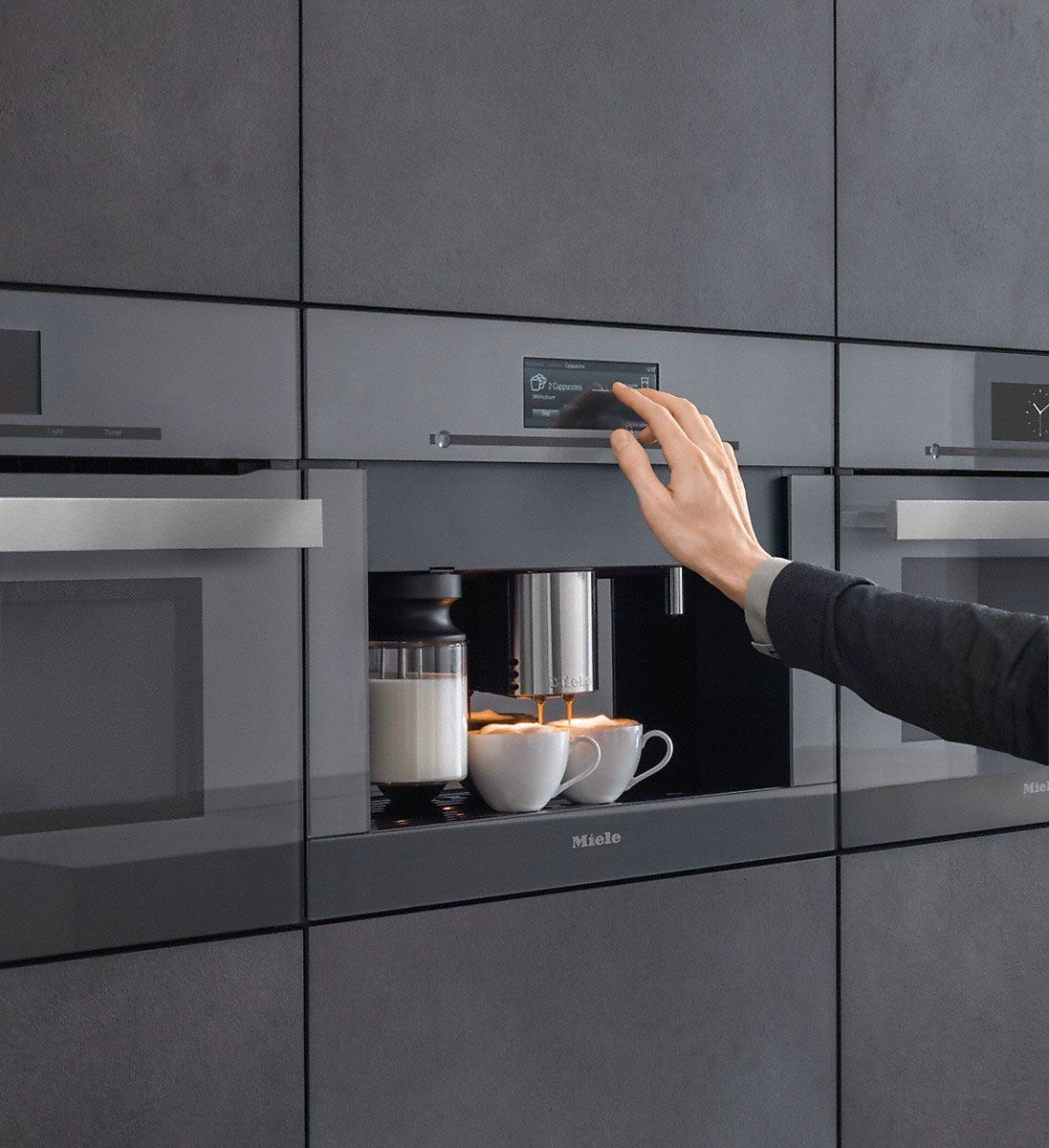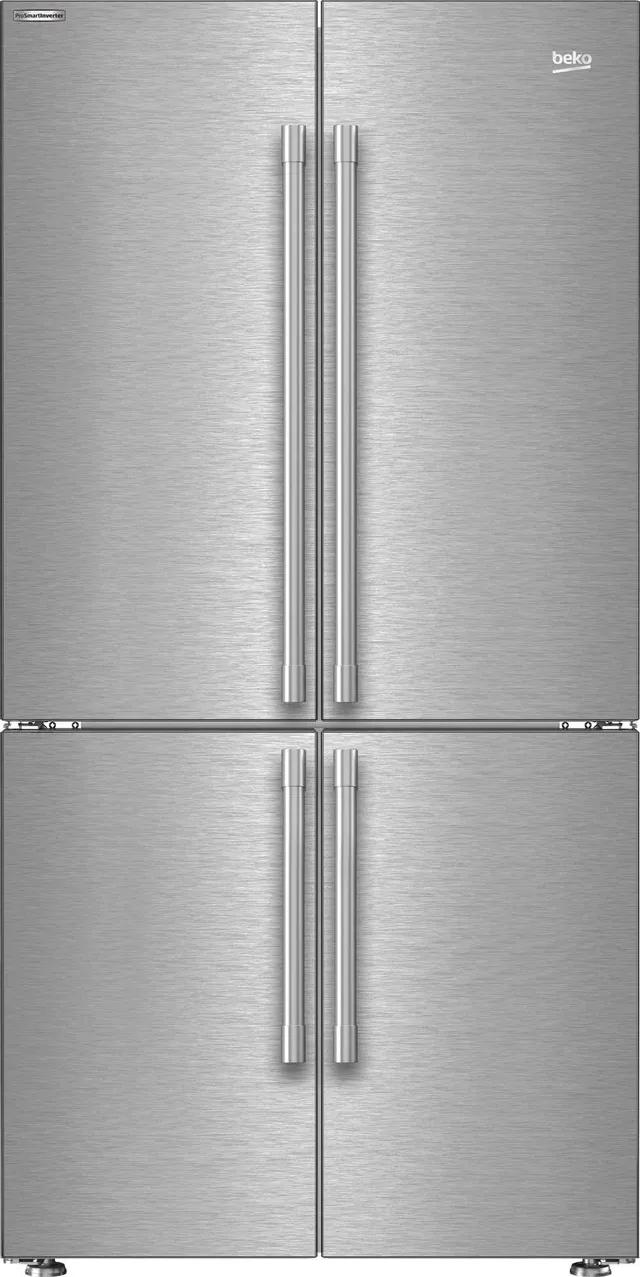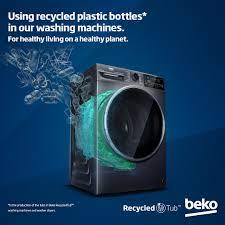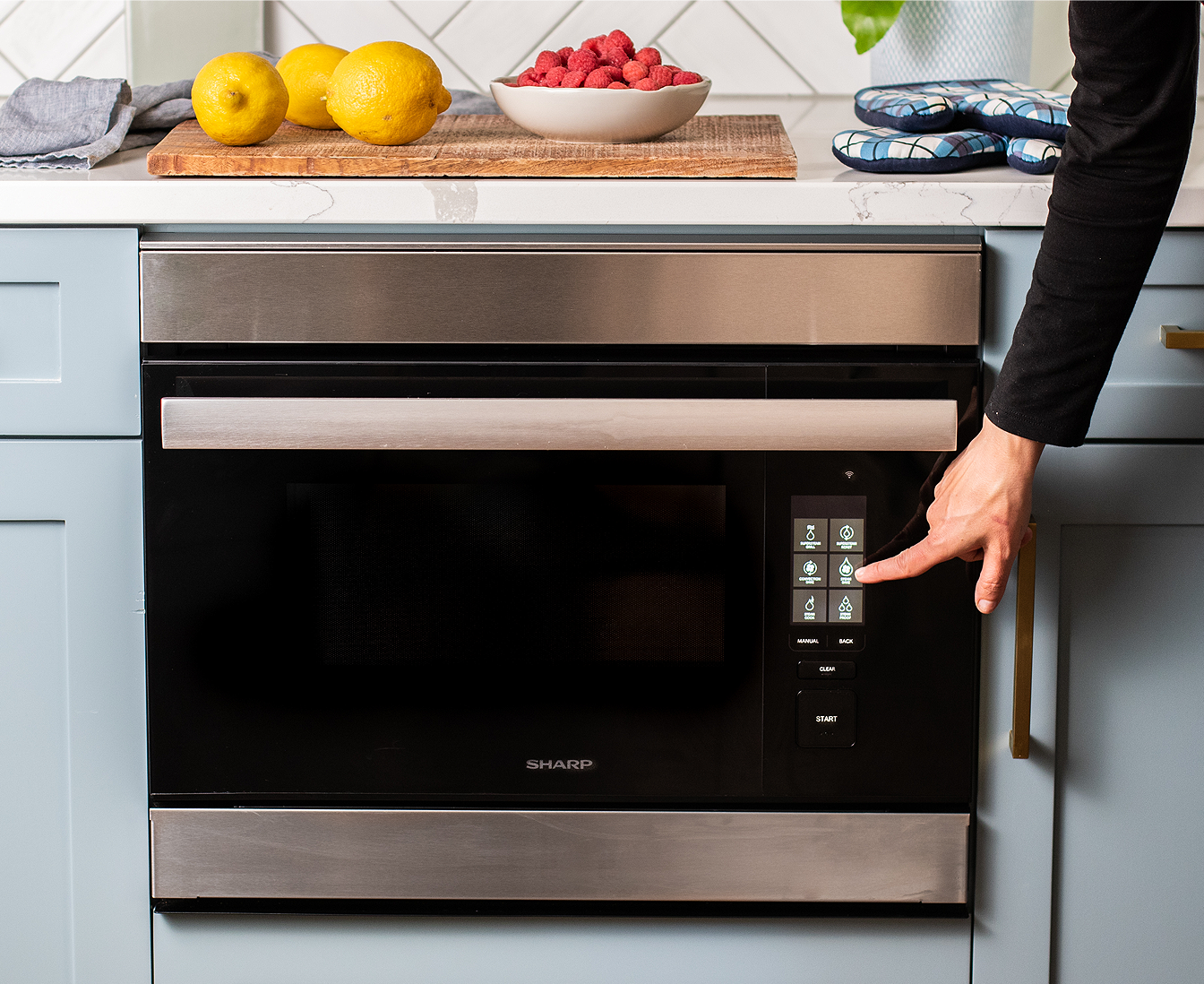Samsung To Stop Shipping ALL ‘Dumb’ Appliances At End of 2023
Have you ever pondered the enigma of 'dumb' appliances? It's a question that has sparked bewilderment in the minds of many. To decode this enigmatic term, we must understand that a 'dumb' appliance is, in essence, an unconnected relic in the digital age—a machine estranged from the realms of Wi-Fi and the Internet of Things. But rewind the clock a decade, and these 'dumb' companions were our household norm, silently serving our daily needs. It's only with the internet's transformative power that we began to glimpse the possibilities of a smarter home. The riddle unravels further when we consider the information these appliances can unearth about us. Let's embark on a journey through the labyrinthine world of 'dumb' appliances and the audacious move by Samsung that is set to redefine our homes.
What Are ‘Dumb’ Appliances
So what are dumb appliances, this is our first concerning question. The answer is that a dumb appliance is any appliance that is not connected to Wi-Fi, or the Internet of Things, or is able to report back to its manufacturer in some fashion. Up until the last decade or so most appliances in the home were ‘dumb’ appliances and that was precisely the way that everybody expected them to be. But then with the advent of the internet, we realized that appliances could be hooked into the internet to make our lives easier. That gave us the rise of the smart appliance. What really separates a dumb appliance is the information that it is capable of collecting about you.
Why is Samsung Stopping, and What To Expect
As of December 2023, Samsung will no longer be shipping dumb appliances. There is no wiggle room on this. This is a hard and fast date announced by the company so that, as of 2024, all new appliances will be connected. The reason for this is that they want to be able to offer improved functionality, more efficient service calls, and a more efficient home. Imagine a home where all of your appliances are connected through one centralized system. Samsung wants to be able to offer you a central point for controlling everything which will, according to them help in cutting down on your emissions energy use, and even water use.
This is part of a bigger sustainability and energy-conscious play that the company is making. It’s not just about connecting your appliances for the sake of connecting them, and you, back to Samsung, but instead, it’s about being able to enable smarter and more personalized controls.
What Does This Mean For The Rest Of The Industry?
This is going to mean two different things for the industry. First, as we head into 2024 and more people realize that it is no longer possible to buy dumb appliances from Samsung, other companies will see an initial boom in their sales. There's also going to be a rush to buy up older appliances as long as it's possible to find them which will cause those prices to go up over time as well. However, going forward it would not be surprising for other companies to follow Samsung's lead and begin offering only smart appliances. Samsung, as always, is looking ahead to the future and looking to see how they can control the market as any company of their size would reasonably do.
The question becomes what will other industry leaders do. Will they create smaller lines within their offerings that are all online intelligent connected devices or will they follow the trend that Samsung is setting and only offer intelligent appliances? The thing to keep in mind and we’ll dive further into this in a moment, is that your data is another source of revenue for these companies whether it is malicious or not, it is a source of monetization that they will take advantage of. And whatever Samsung can get away with, it will.
What Is The Outcome For Homeowners Of A Fully Connected Home?
Smart Appliances: The Pros And Cons
The pros and cons will always need to be considered with any change. In this case, it is the fact that major appliances being connected has potential. If you can cut down on your resource bills when inflation is going up, why wouldn't you? Why wouldn't you if your refrigerator can keep an eye on your food to prevent spoilage and keep things just the right temperature so that your food stays good longer? Or if you can create a custom setting for your dryer so that it only runs for a few minutes knows what you need and will stop when it's done, why wouldn't you? This is what Samsung is trying to sell you. The AI Energy Mode in the Samsung SmartThings app wants to make sure you use the most eco-friendly settings for the best results. Two examples that have been cited are being able to suggest shutting your blinds to reduce the power consumption of your AC or being able to detect the type of fabric for the clothes in your dryer. This would allow your dryer to understand not only the length of a cycle needed but also the heat setting.
The downside is the various costs of the appliance. There’s the initial cost of purchasing a brand-new appliance upfront. It is the higher repair cost because it takes time and training to be able to understand what the different readouts mean for a smart appliance. It also means having to give up control over your information and how it's utilized. By bringing a smart appliance or a series of smart appliances into your home some pros and cons must be weighed.
Repair Costs & Reasons Why A Smart Appliance Costs More
Let's tackle repair costs first right now repair costs are calculated based on the price that it takes to purchase the part, any shipping costs, and the amount of work and labor that is required for the technician to remove the old part and install the new one. Although not always considered, it is a skilled trade that takes learning and understanding, and that time just like the time of your CPA or the person that you hire to care for and create your landscape, is valuable.
Now, let's take a look at changing over and adding in more chips to your appliances. Bringing in more complex pieces means having more pieces that can break along the process. It also means having more things that you have to look up and break down in order to understand exactly what's happening. Just because you can say oh, the appliance it's this piece that's going wrong, doesn't mean that it is automatically easy to fix. Your technician now has to know which company they need to get hold of; they need to know which pieces work in what way and what name it has because, naturally, no two appliance companies can call their parts the same thing; that would be too simple! Your technician has to be able to ensure that it's not an electrical error or a coding error and is, in fact, a hardware error, which will then be able to be fixed. What this boils down to is that your technician's diagnostic time is going to take longer and the amount of time that it takes to figure out which parts have to be replaced takes longer. As each step gets longer, the amount of time that you, the homeowner, are charged also gets longer. As much as none of us want that to happen, it is unfortunately, what does happen with adding smart appliances in and that’s before we even get to going and changing out any of the parts.
Your refrigerator is still going to require a compressor. Your dryer is still going to need a heat pump. Those things aren't changing, it is merely that other steps are being added. It may also, although it has not been proven yet, mean that you can only get help either directly from the company that you purchase your appliances through Samsung, LG, Bosch, etc., or from their chosen licensed technicians. This isn't a guarantee, merely a possibility that we have seen before. Where companies will require certified technicians that only they can license which then means that you the homeowner have to pay more. Again, this is something that we really don't want to have happen.
Data Safety In a World of Samsung’s Intelligent Appliances
Your data safety, believe it or not, your phone which you are most likely reading this on right now, is collecting data about you all the time. It might be where you're living, it might be the coffee shop you're in, it might be how long you last spent looking at Facebook. But unless you have very strict settings and you take the time that most people just don't want to, to either read the terms of services or to very carefully restrict all data usage, the various Internet-connected objects within your life are connecting, collecting, and utilizing your data.
Think about when was the last time you read the terms and services? For a website? Or even for an app your kid downloaded. Did you read through all of the legalese to see what was required and allowed by you downloading or buying it? The appliances that you purchase from Samsung from now on will be constantly doing it.
According to Consumer Reports, they tested Internet of Things appliances across many major brands: Samsung, LG, and Whirlpool just to name a few. They used 12 different appliances across five brands and four appliance types to see how ‘chatty’ they were. The good news is that Consumer Reports didn ‘t find any security vulnerabilities in the products and all of the data that was sent or received was encrypted. The downside was that all of them were constantly collecting and sending data back to the manufacturer. The appliances would send anywhere from 3.4MB to 19MB of data back to their manufacturer per week. You might think “that's nothing. That's a few photos maybe”. Except all of these pieces that were collected? They were sent as text. These were text messages that were sent, which means that they were measured in kilobytes of information if not bytes. And the tests were only using the appliances 1 time per day. (Think of how many times you open your refrigerator in a given day!?) What this breaks down to is that in one week one of these appliances sent between 24,000 to 135,000 messages back to their manufacturer. That's everything from on-off cycles, location, door opening and closing, usage, even your date of birth. When we say every bit of information they can, we mean it.
Like we said up top, this isn't meant as a way for Samsung to do something nefarious with your information, as far as we're aware anyway. However it is a new way for them to make money, and ultimately if you're using their tools, you don't have a choice in it as of the current state of the legal protections on your data and data collection.
While Consumer Reports did reach out to all of the manufacturers that they tested, only Kenmore was willing to talk to them. They gave a detailed rundown on what data their appliances were testing. They gather up data on all osrts of things from power status, door open/close, filter status, cycle details, temperature information and energy usage. Because of the connected app, we know that LG and Samsung both go further, collecting your ZIP code, your phone numbers, your date of birth, your geolocation and more. These aren’t related to the product performance and service, so the only obvious answer is market analysis and monetization of your data.
As we venture into this new era of connected homes, the implications are significant, both for homeowners and the wider industry. We find ourselves at a crossroads, where questions abound and answers remain elusive. Yet, one thing is clear: data has become a valuable commodity, and it's a factor we cannot ignore. Our homes, once a bastion of simplicity, are now evolving into hubs of innovation and convenience, leaving us in a state of perpetual curiosity. This journey is just beginning, and the path ahead holds many unknowns. Should you encounter issues with your appliances, whether smart or 'dumb,' you can count on Appliance Rescue Service to provide reliable solutions and assistance. You can reach out to us via our contact page or by giving us a call at ((214) 599-0055). Whatever the changes might bring to home appliances, we are here for you.
Additional Reading
Smart Appliances Or Bamboozling Buzzwords?
Smart Home - Getting Started (2022)

















